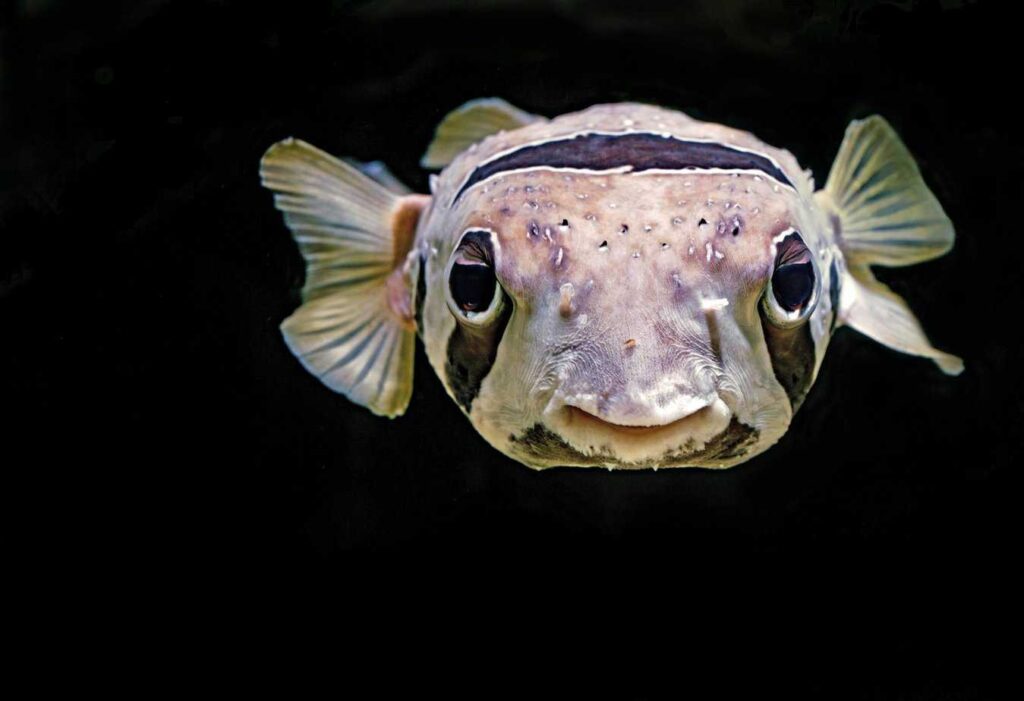Do Pufferfish Have to Eat Snails to Keep Their Teeth Trimmed

Mussels Are Great For Puffers!
There’s no question about it, snails are probably one of the most widely recommended sources of puffer food. They come in varying sizes, they’re easy to breed, and with the exception of piscivorous species, most puffer fish love them. However, this leads many people who are new to keeping puffers to the conclusion that snails are the only hard food that will help keep their puffer’s teeth trimmed, which just isn’t true!
So, what else can your puffer eat that will help prevent their teeth from overgrowing? Well, you’re only limited to the amount of different mollusks and crustaceans that your puffer will accept. For example, the following all make great hard foods:
Half shell mussels, clams and oysters – smaller puffers will scrape their teeth on them and larger ones will bite the shell itself.
Crab legs – they aren’t just for romantic candle lit dinners! Consider getting a tray for your puffer, too. You can break off smaller sections depending on the size of your fish.
Lobster, crayfish and shrimp – as long as they still have their shell on, they make a great hard food. You will need to cut them up first.
Live feeder crabs – just remember that you have to quarantine live food, and you also want to make sure that the crab is an appropriate size for your puffer. Some of the videos people have where they are feeding a crab that is as large as or larger than their puffer end pretty badly.
With that said, snails are probably one of the most economical choices for puffer food out of the bunch. They are easily bred in small tanks, plastic totes and other similar containers, which really cuts down on costs. Ramshorn snails and bladder snails are both perfect candidates for this. However, if you don’t want to breed your own snails, then you can always hit up some local pet stores to see if they have any excess pest snails they wouldn’t mind sharing – just be careful about dropping pest snails directly into your tank.
All live food items, including snails, have to be quarantined before they are offered to your puffer, because if they aren’t they can potentially transmit parasites and disease. You’ve probably noticed that I say that a lot throughout this website, and for a very good reason. It’s a very important aspect of keeping puffers to remember that unfortunately aquarists seem to ignore all too often until some sort of disaster strikes their tank. Think of it like this – would you add a new fish that has been kept around other potentially sick fish to a community tank without quarantining it first? Exactly.
On a final note, just remember that while your puffer doesn’t necessarily have to eat snails, you do have to incorporate some type of hard food into their diet in order to keep their teeth in check. The frequency at which you do this will depend on the species of puffer that you’re keeping – if they have a faster rate of dental growth, like SAP’s (Colomesus asellus), then you will need to provide a very consistent supply of hard food. The key to keeping your puffer healthy is diversifying their diet, so keep in mind that hard foods aren’t the only suitable item on the menu! Mix it up with blood worms, pieces of shrimp meat, fish fillet chunks, live feeder insects, red wigglers…you get the point!

LEAVE A REPLY